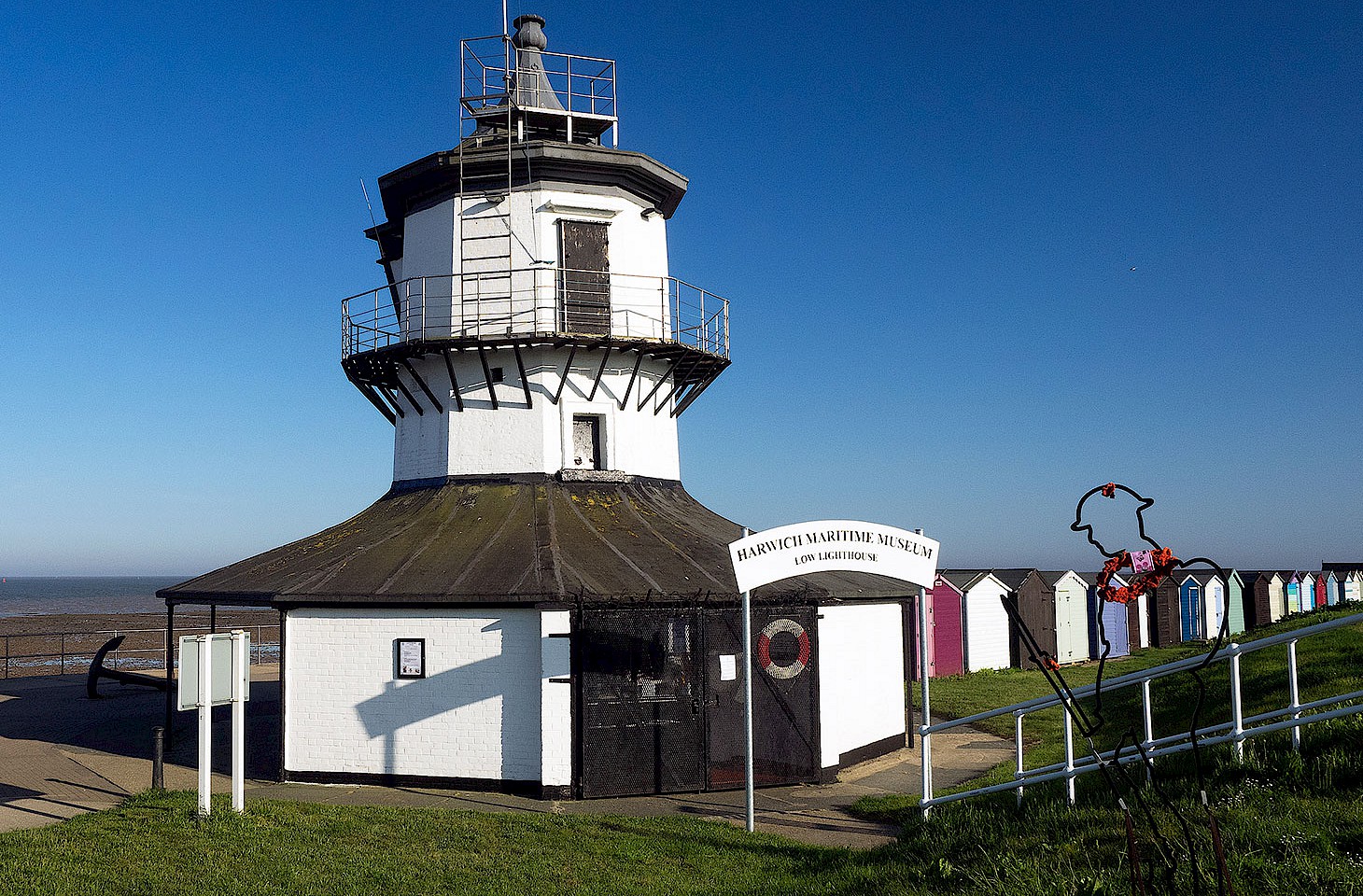Claude Monet preferred the Gare Saint-Lazare to the Gare du Nord. “I have decided to paint your station,” said Monet when he arrived in the office of the stationmaster at Saint-Lazare. “For some time,” explained Monet, “I have hesitated between your station and the Gare du Nord, but I think yours has more character.”
So in 1877 Monet made 11 paintings of his favourite Parisian station. Saint-Lazare had of course already featured in Édouard Manet’s 1873 painting The Railway. But the Gare du Nord in those days had just the same mix of smoke and steam, those same shifting patterns of colour and light which so inspired both Manet and Monet at the Gare Saint-Lazare.
The novelist Émile Zola was generous in his praise for Monet’s rendering of Saint-Lazare: “You can hear the trains rumbling in, see the smoke billow up under the huge roofs,” wrote Zola. But the Gare du Nord appealed more to Zola’s literary imagination.




